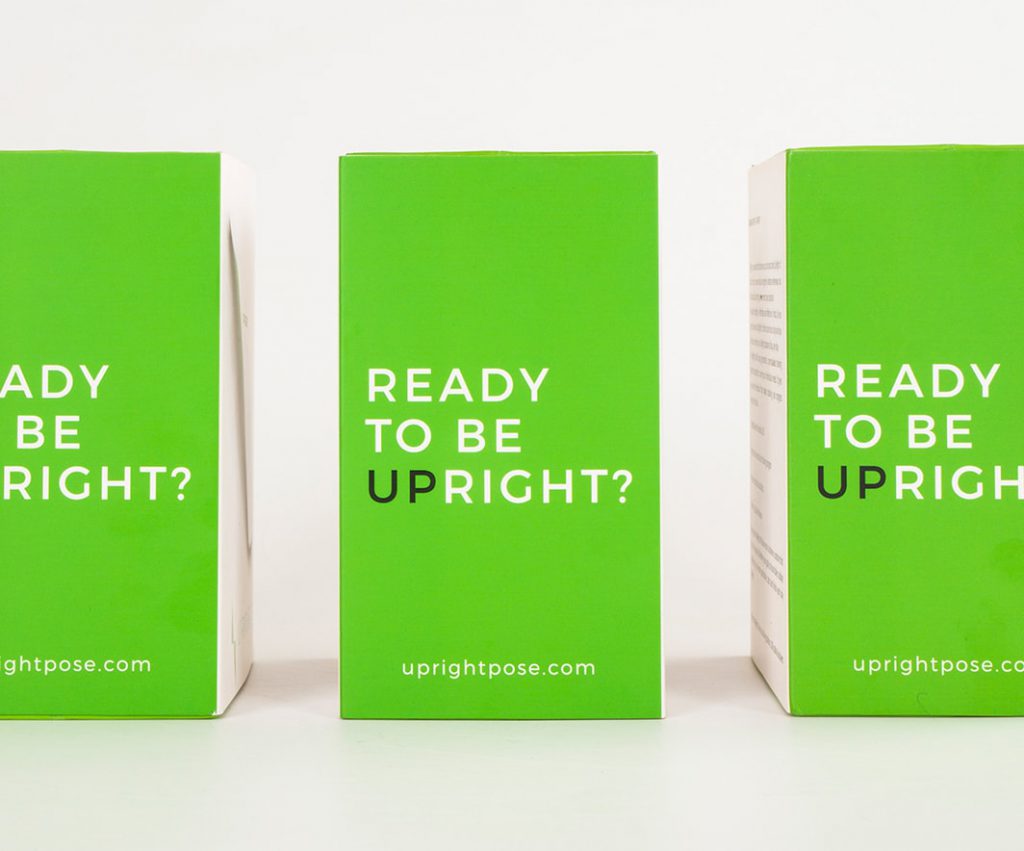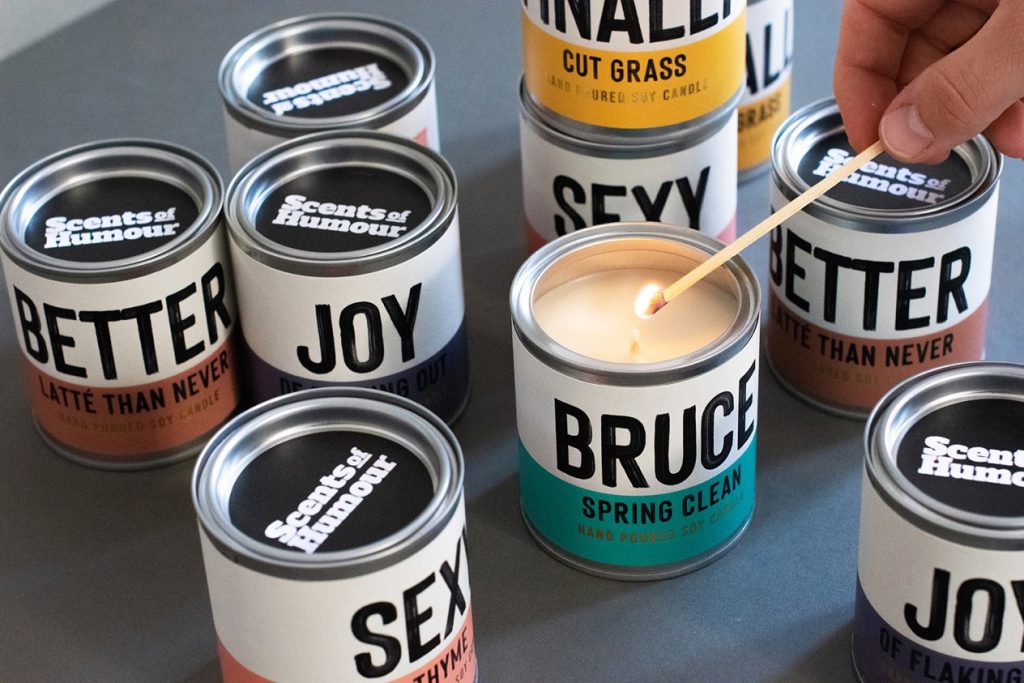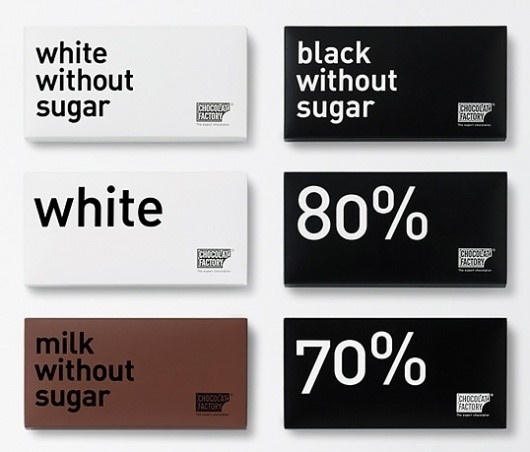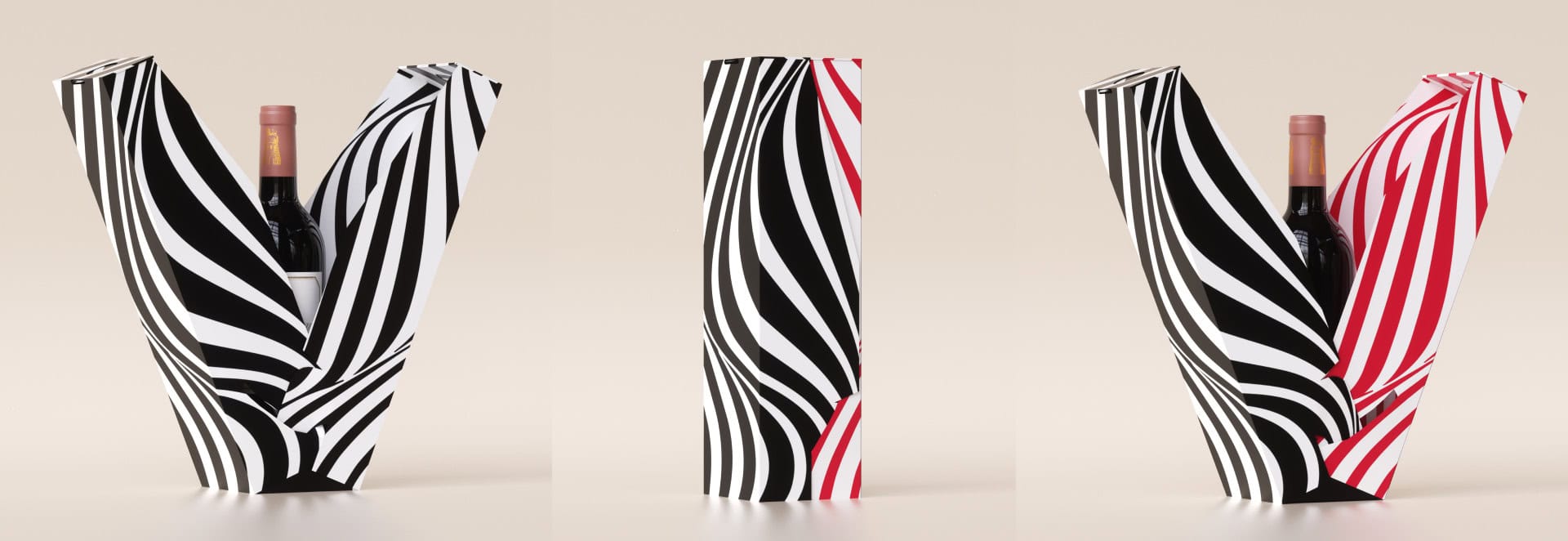[bread]
The difference between a graphic designer and a fashion designer is that graphic design is not dependent on trends, in fashion design there are between 2–4 collections per year, and what was fashionable this year will be irrelevant next year. That is why the whole concept of trends In packaging design It's a completely trendy phrase that all it means is Google search terms.
So here are four packaging design trends worth looking at this year –
And of course also to respond:
1 IN-House user experience
2 Minimalism
3 Recycling materials & Environmental vision
4 Brand Messages
INHouse user experience
With each passing year and the strengthening of e-commerce, the legality of what is right and what should be done when designing packaging changes. I'm sure you've heard the term Google's algorithm and the changes it brings, this is how Amazon and its ilk affect the way and the changes we make when designing packaging. Instead of looking at the product on shelves or in stunning stores with transparent light box displays, we look at the product in a series of four to six images and at best one of them is the packaging - therefore, the considerations in packaging design of standing out on the shelf above the others no longer play a role. What matters is what happens when the packaging arrives at home. Its design, its visibility - the paper it is printed on, the messages the brand conveys, in fact, it is the opportunity to communicate with our customer in a much more personal way, and convey to him an intimate experience and process that happens at home.


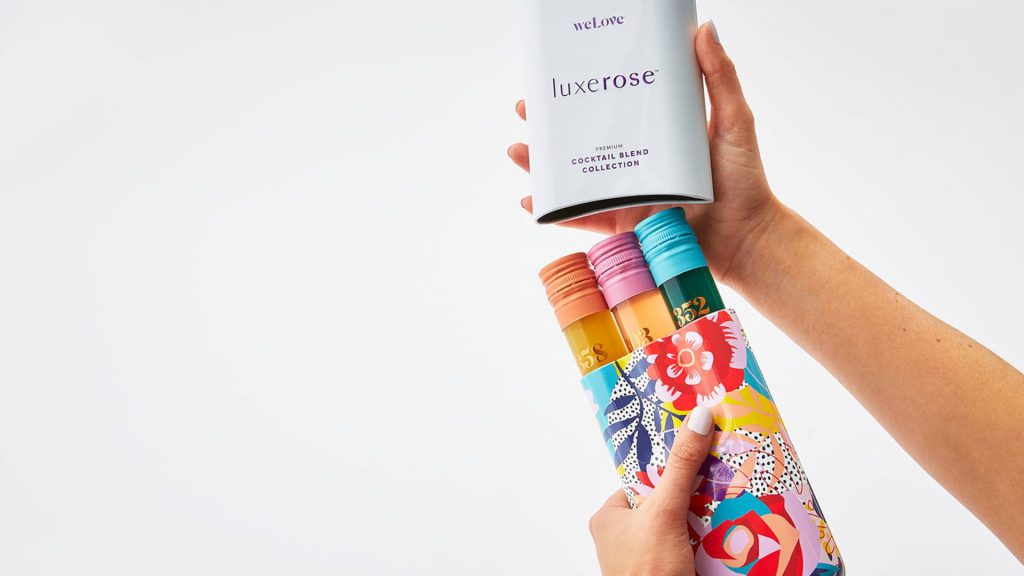

Minimalism
Amidst all the excess information and the flood of content, visuals, color, words, and video that pursue us wherever we are, it is precisely within the world of packaging that a moment of silence is created. A moment that allows us to take a second to breathe. Minimalism, which in the past was more reserved because they wanted to say a lot of things on the packaging, is gaining a new right to exist that is possible and also because someone started this trend after all. So it's true that Apple started with it a few years ago – and it's true that I contradict myself because I said there are no trends – so I'll be precise: it's not a trend, it's a design style. It is possible when the product packaged inside the packaging belongs to the brand. And when there is a strong brand, then everything is possible, and you can also say nothing and you can put a small logo or maybe even forgo the logo and just put a symbol, and those who are brave also make completely white packaging. Truly, within the minimalist world, the limits are infinite. And to reinforce the claim that this is not a trend – Kandinsky made a black square, a white square many, many, many years ago. We already said brand…
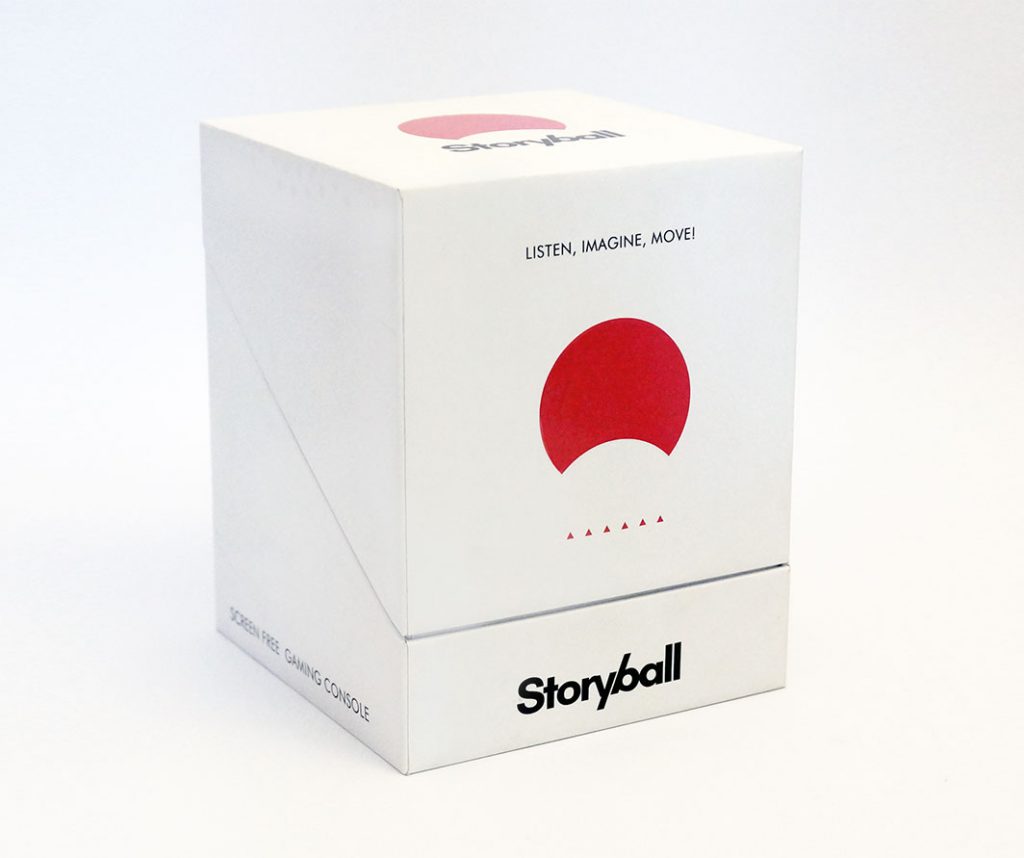

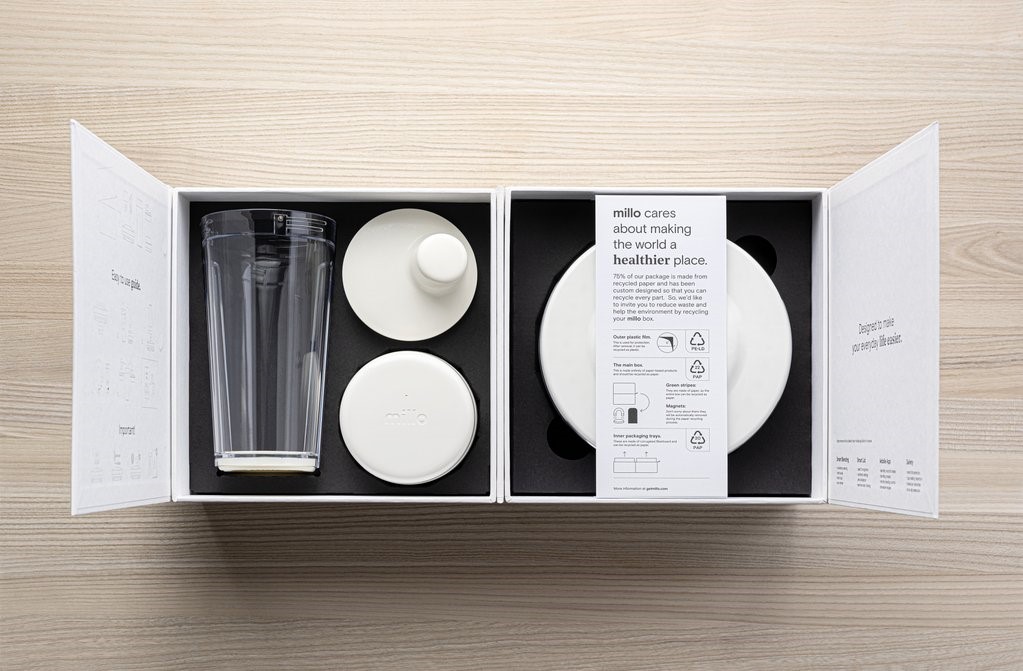
source: https://thedieline.com/blog/2020/12/18/millos-blender-gets-futuristic-packaging-that-thinks-ahead
Recycling materials & Environmental vision
Using brown cardboard, printing in one color, using soy-based colors, all of these are not defaults, but values that come from a vision, from belief, and from the knowledge that we are here to give first and foremost. Many companies are internalizing the path that once again started with the great and the good like Patagonia, which is among the leading brands and probably no one does what it does, but again here too something from the previous section comes into play – of a strong brand, but that's for the next article. Using recycled materials and printing with few colors is possible today because, and this goes back a bit to what was written in the first section, brands are not competing for shelves and are not competing for visibility on the shelf. The experience and result of using recycled material is important and constitutes a story and a direct connection between the brand and the customer at the stage of opening the package at home. The copy that plays on the brand's vision together with the story of the environmental agenda creates a complete and holistic experience.
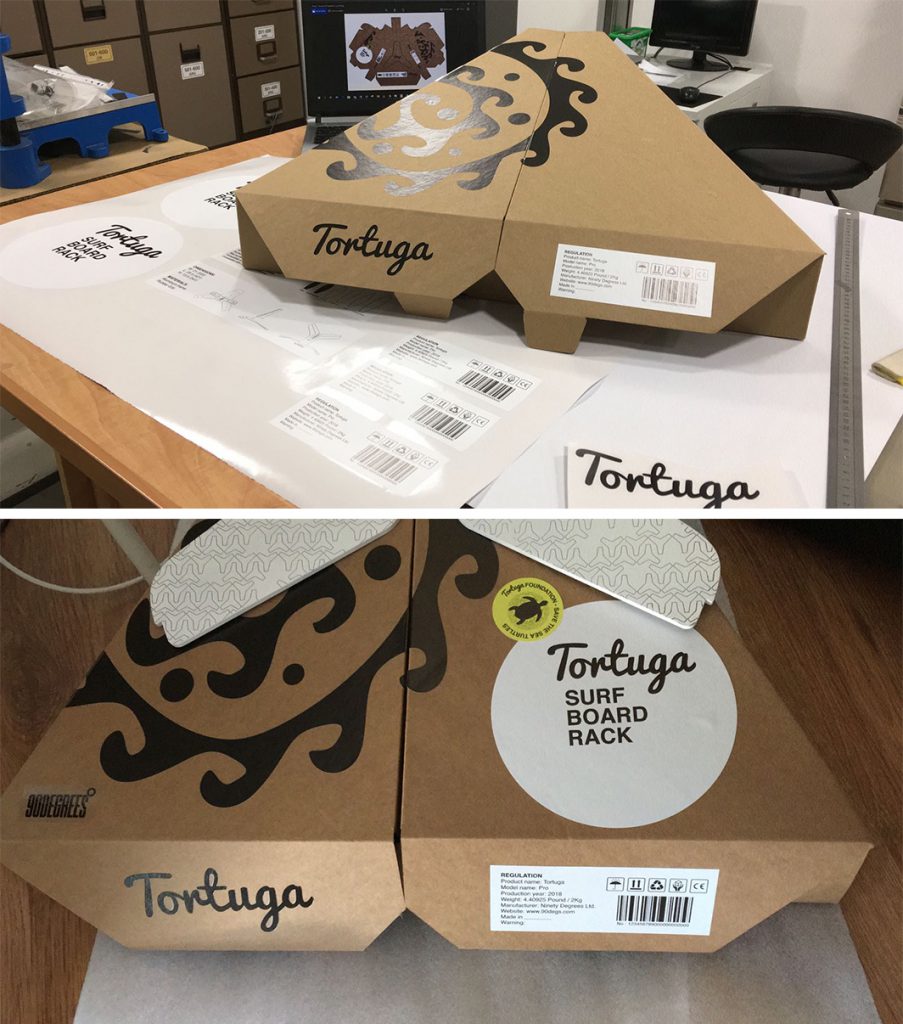
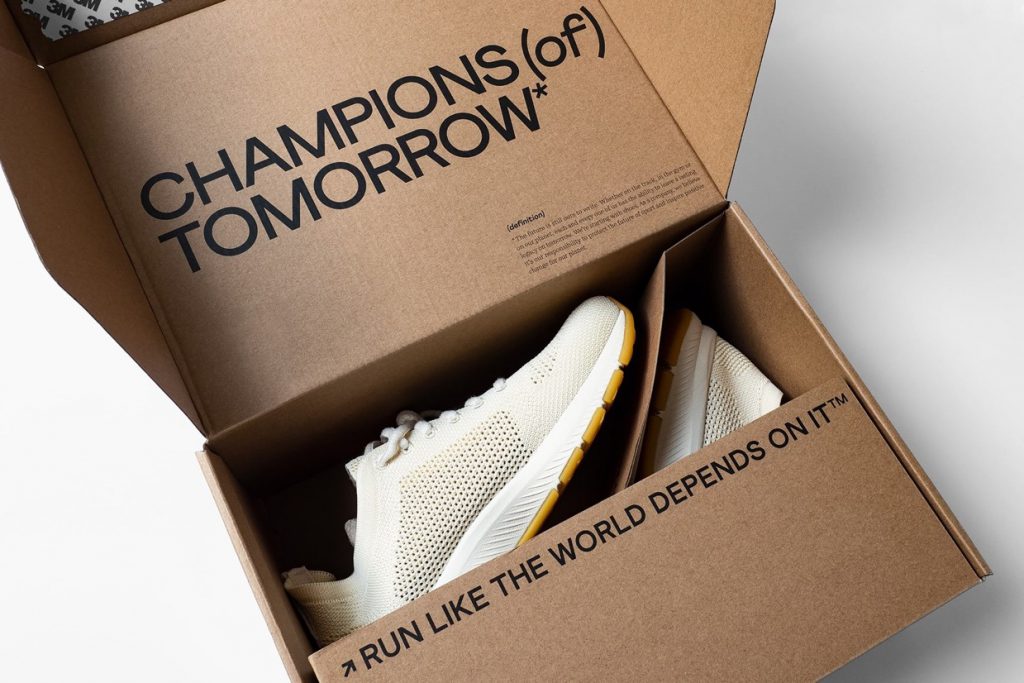
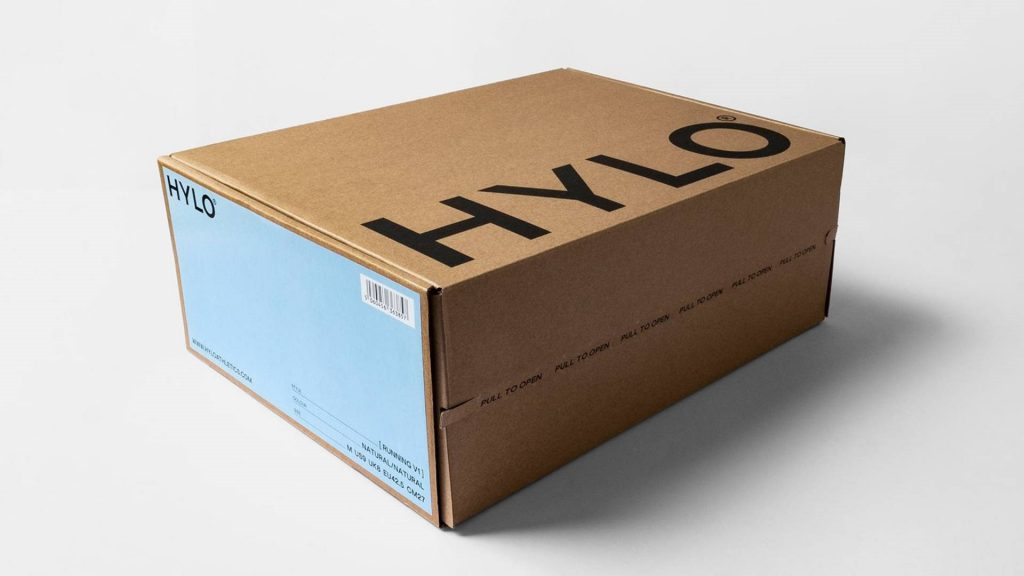
Brand Messages
Messages on packaging: A recurring debate between the designer and the client about the number of messages, their multiple nature, and their size. Multiple messages do not present the desired result but create excess information, overload, and along the way we lose the client who will ultimately skim through things and prefer to move on with life with a little less messages.
Hierarchy is a complicated thing, and it is true that it is difficult to decide what is more important, but we must make a decision in this place and understand that in order to achieve the result we need to be very focused. In addition to the fact that we lose the customer, we also do not really convey to him a clear message of what we want to say. What is important now is what is the most important thing that can be said about the product, the message that we want the reader to understand and feel immediately when he examines the packaging.
